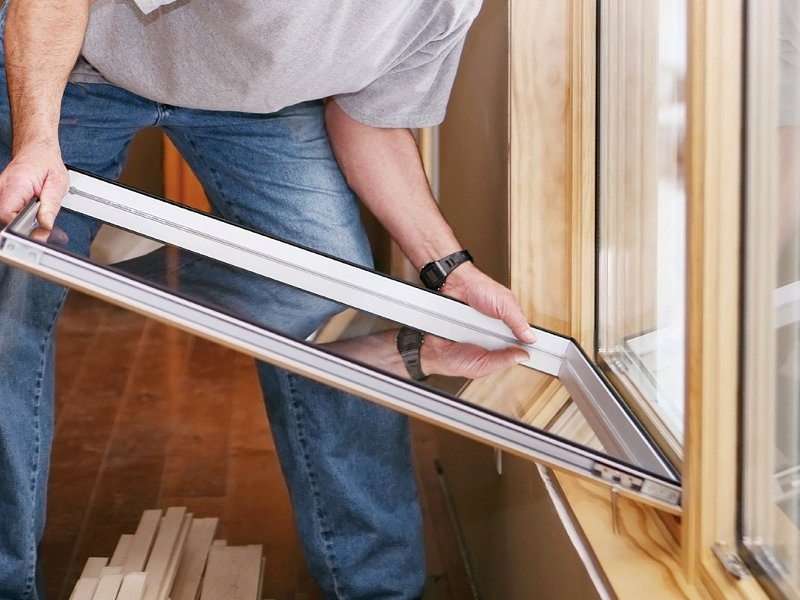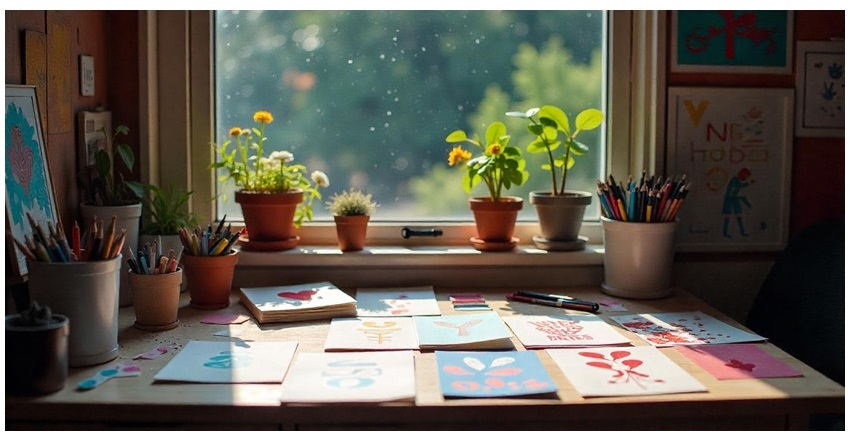Bonsai is an ancient art form in which plants, shrubs, and trees are usually grown in pots and trained to a tiny but still natural shape. Due to their attractiveness, peaceful presence, and symbolic meanings, bonsai plants are popular all over plants.
Bonsai is a Japanese take on the Chinese Penzai. Bonsai is an activity of attempts to produce small-sized trees that resemble normal-sized ones. However, do not mistake bonsai with dwarfing. As previously stated, bonsai is only attempting to create a tiny version of trees in nature, and the process to make that happen are pruning, root reduction, potting, defoliation, and grafting the plants. Meanwhile, dwarfing is genetically modifying plants through studies and research to create dwarf cultivars.
Nowadays, bonsai is a widely-loved trend. Especially it is getting easier to obtain maintenance tools and has become quite varied compared to a few decades ago. So it’s not hard to care for bonsai plants. However, can bonsai plants grow in Singapore?
Before answering the question, let’s take notes about the essentials for bonsai plants’ care and maintenance.
Bonsai Care and Maintenance Tips
- You have to make sure the soil meets all the criteria. First, water retention, drainage, and aeration must all be allowed. Please take note that the soil can contain and keep enough moisture while allowing water to drain quickly from the pot. The elements of bonsai plants’ soil must be large enough to create gaps that allow the oxygen to reach the roots.
Usually, the soil of bonsai plants consists of akadama, lava rock, pumice, fine gravel, and organic potting compost. If you’re unfamiliar with the name akadama, it is a Japanese clay you can easily buy at online sites. Meanwhile, lava rocks add structure to the soil and enhance its ability to retain water. Fine gravel or grit is commonly used as the bottom layer of bonsai plants and its function is to aid drainage and aeration. Peat moss, perlite, and sand are examples of organic potting compost. It holds water and serves as part of a soil mix. Pine bark is a popular choice for organic compost in bonsai soil since it decomposes more slowly than other types of compost, which might obstruct drainage. The ideal pH level of bonsai soil is natural or between 6.5 and 7.5, which is neither acidic nor basic.
- The second thing you need to remember is to make sure you place your bonsai plants properly. A substantial amount of sunshine is required for any bonsai. It is crucial to make sure the plants get enough sunlight to support their photosynthesis process. For an indoor bonsai plant, the most important thing you should do is locate a location adjacent to a window. Place near a south-facing window for optimal effects. You’ll want to make sure the tree gets a lot of light. Otherwise, the rate of growth will slow over time. However, remember to avoid exposing the plants to direct heat. The reason is that over-heating could also cause serious damage to your lovely plants. It should never be placed on a windowsill immediately above a radiator since this will cause it to dry out and die in a short period.
- The third factor is humidity, most bonsai demand high-level humidity in order to thrive. There are a few tips you can do to provide a good amount of humidity and maintain its consistency for your bonsai. Such as keeping it as away as possible from radiators, giving sprays of water frequently, and misting. However, refrain from overhydration the plant because it might suffer from lacking oxygen. Overwatering could also trigger diseases that would harm your plant.
So, the answer to the previous question is yes, bonsai can grow in Singapore. You only have to make sure you can provide the necessities the plant requires to thrive. Let’s get to know some popular bonsai Singapore and the care each one of them needs.
Popular Bonsai Plants
- Hawaiian Umbrella Bonsai
Hawaiian Umbrella bonsai is the perfect indoor bonsai for beginners. The reason for that reputation is because of the cheap price point and low maintenance compared to others. Hawaiian Umbrella bonsai could tolerate the lack of hydration and sunlight. However, that doesn’t mean you can simply neglect the plant because, just like any other plant, hydration and exposure to sunlight are crucial growth factors.
- Baby Jade bonsai
Besides the Hawaiian Umbrella bonsai, another low-maintenance bonsai that is suitable for beginners is the lovely Baby Jade bonsai. This bonsai has a unique characteristic. And that is its tiny cute leaves which look very appealing and make the plant looks like a miniature of a giant tree.
- Japanese Red Maple Bonsai
If you want to have something a little different compared to others, Japanese Maple would be the perfect option. You can tell the thing that set this plant from others in one glance, and that is the color of the leaves, which is a bright shade of red.
- Chinese Elm Bonsai
The structure of the Chinese Elm is undeniably an attractive sight to the eye. The leaves are tiny and slightly serrated with a bright to deep green color. Therefore, this bonsai will need to be pruned regularly to keep its aesthetic elegance and beauty.
- Ficus Bonsai
Ficus bonsai is a low-maintenance plant in terms of watering as it naturally could survive with a lack of hydration in nature. They can be cultivated inside and placed in your drawing room, on your kitchen counter, or anywhere else you think the Ficus Bonsai would thrive. It’s also suitable for use in the office. If you wish to add another plant to accompany your Ficus bonsai, you might want to consider monstera leaves that are also available in monstera plant Singapore sites.



